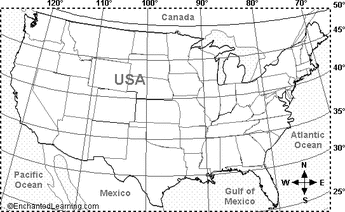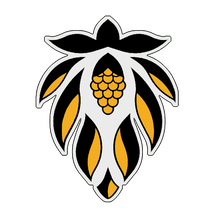 Vernalization Many hop growers are asking this question as the abnormally mild weather persists across much of the USA. For most growers in northern latitudes; probably not much effect will be noted. Average hop vernalization temperature requirements of 6 weeks below 38 degrees Fahrenheit will still be met, resulting in normal burr and cone development later in the season. Expect an earlier emergence of pests and disease that the milder winter failed to kill. For growers in more southern latitudes the story could be completely different. Effects on the hops in the southern tier could include: lack of proper vernalization, increased pest pressure, and increased prevalence and severity of hop diseases like downy and powdery mildews. Hop vernalization requirements vary by hop genotype and varieties that require longer chilling periods may not properly reset back to the juvenile spring phase required to grow and produce a normal yield of cones. One of the first signs of incomplete vernalization is uneven spring emergence of new shoots within plants of the same hop variety. Growers in the PNW have noted that this uneven emergence follows through the entire growing season; affecting cone-set, yield, alphas, and maturity dates. The cone-bearing sidearms may not extend properly and only produce cones on the terminal ends. Many affected hop plants showed up to a 6 week delay of burr initiation and a 30 to 50% loss in total potential yield. Mild winter temperatures result in more pests and their eggs surviving intact. The lack of freezing temperatures also allows hop fungal diseases to survive as living mycelium in the dormant plants, field debris, and soil. This means pest and disease levels can ramp up and reach problematic levels much earlier in the season.
What can a hop grower do to compensate? Here is a list of spring crop practices GLH advocates.
Further Reading: Factors Controlling Hop Flowering University of Northern Iowa |
Details
Blog AuthorLynn, the head hop grower at Great Lakes Hops has over 30 years of experience in the horticultural field. Browse the blog articles here to find useful growing information for humulus lupulus, based on personal experience and observations at Great Lakes Hops. Archives
January 2020
Categories
All
|


 RSS Feed
RSS Feed